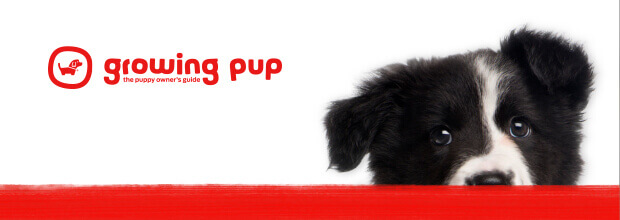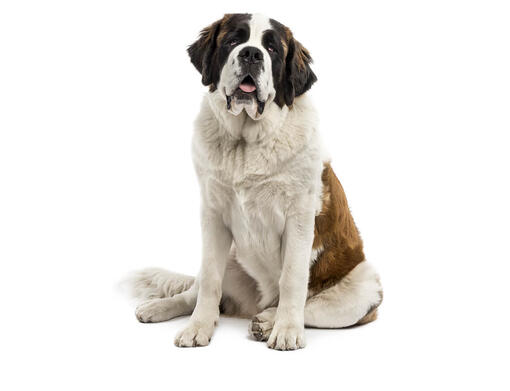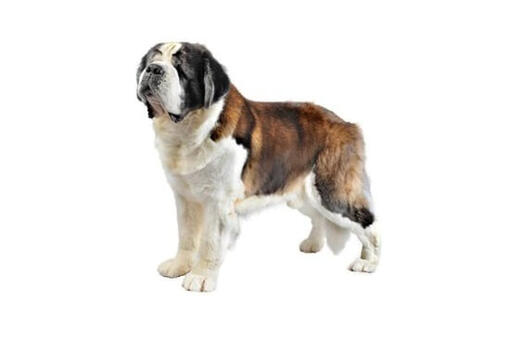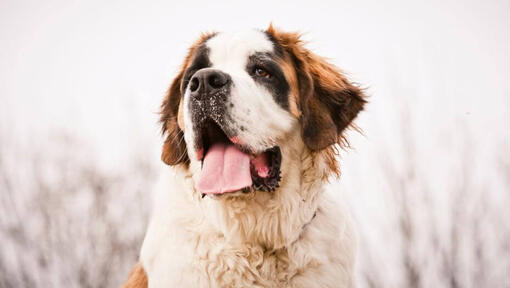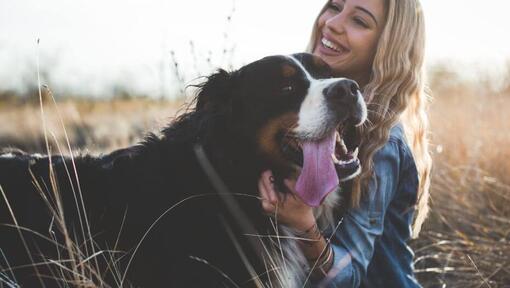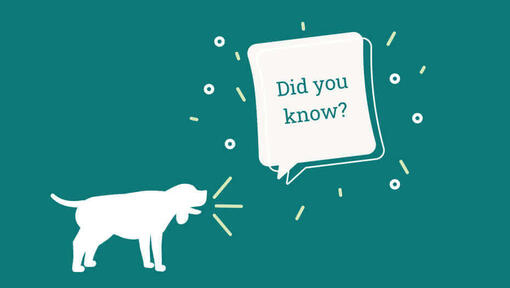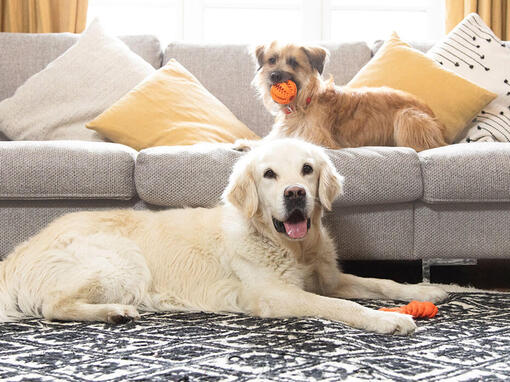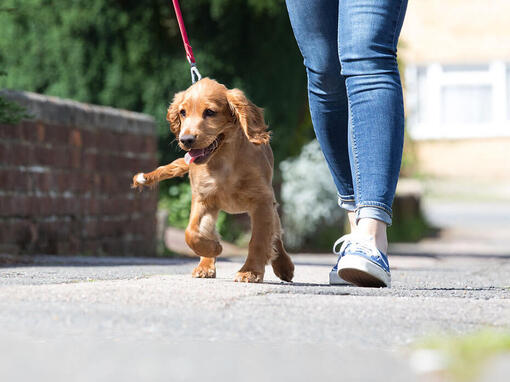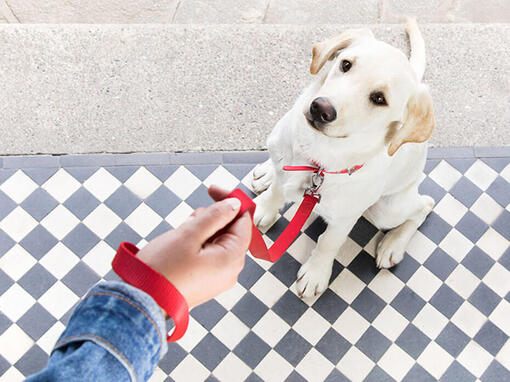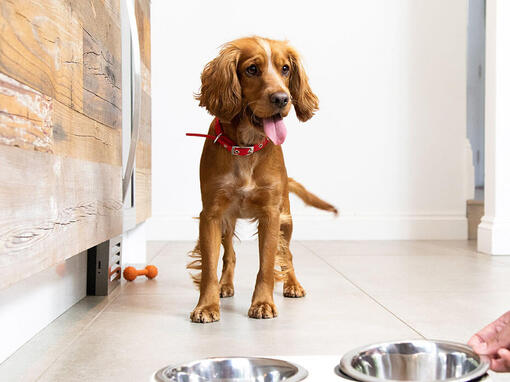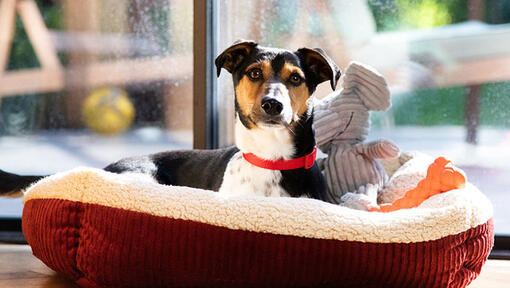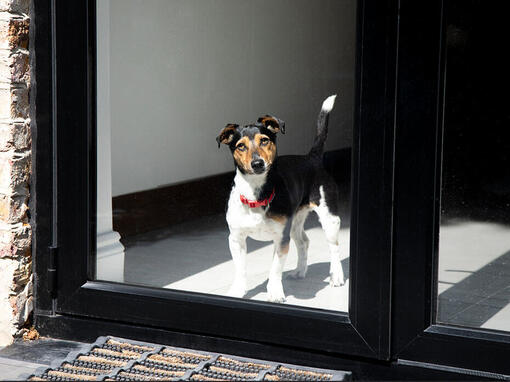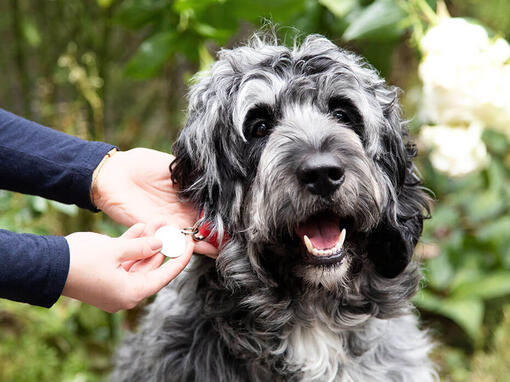A massive, powerful dog, the Saint Bernard was originally bred to rescue freezing, stranded travelers during snowstorms in Switzerland. The breed has two coat varieties: Shorthair and Longhair. He has a gentle temperament, making the noble, intelligent Saint Bernard a superb companion and devoted family dog. This breed drools heavily, and his coat sheds frequently, requiring regular grooming.
DID YOU KNOW? The breed was named after Saint Bernard de Menthon, the patron saint of mountaineers and skiers.
ALSO KNOWN AS: St. Bernhardshund, Bernhardiner, Alpine Mastiff


